
HOSTS- Jeremy Burns, Matthew Scott Phillips
TYPE- Special Topics
DURATION- 63:38
BUMPER MUSIC- "The Individual and Their Society"
(Matthew Scott Phillips)
ANNOUNCER- Mike Cunliffe
You may be familiar with notes, key signatures and meter signatures. But, there's a lot more happening on a music score. Various markings, such as crescendo, forte, fortissimo and pianissimo, can tell a musician how hard or soft to play. While other expressions, such as adagio, andante and presto, will tell them how fast or slow to play. Get ready to brush up on your Italian and learn all about dynamic, perfomance and tempo markings.
DYNAMICS MARKINGS- Symbols on a music score that tell the musician how loud or soft to play. Dynamics are concerned with expression and can greatly influence the emotional impact of a passage of music.
PERFORMANCE MARKINGS- Symbols on a music score that tell the musician how to execute a note or group of notes.
TEMPO MARKINGS- Symbols on a music score that tell the musician how fast or slow to play. Tempo markings preceded the invention of the metronome and the current system of BPM's (beats per minute), which can more accurately dictate which tempo to play.
DYNAMIC MARKINGS
THE FOLLOWING EXAMPLES WILL BE LISTED FROM SOFTEST TO LOUDEST. THOUGH THESE EXAMPLES BEGIN WITH "PPP" AND END WITH "FFF", THERE ARE MORE EXTREME MARKINGS (SUCH AS "PPPPPP" AND "FFFFFF") THAT OCCUR IN MUSICAL SCORES.
PIANISSISSIMO
Extremely soft

PIANISSIMO
Very soft
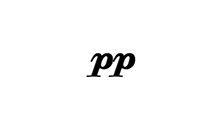
PIANO
Soft

MEZZO-PIANO
Moderately soft

MEZZO-FORTE
Moderately loud

FORTE
Loud
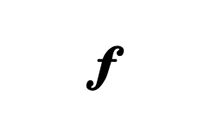
FORTISSIMO
Very loud
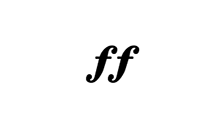
FORTISSISSIMO
Extremely loud
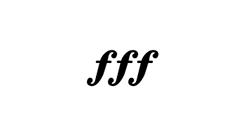
GRADUAL DYNAMIC CHANGES
CRESCENDO
Growing louder over time, this action will be represented by the HAIRPIN symbol, on the left, and sometimes this will be spelled or abbreviated, as shown on the right.


DIMINUENDO
Growing softer over time, this action is displayed similarly to the CRESCENDO, with the HAIRPIN facing the opposite direction. It is also referred to as the DECRESCENDO.


PERFORMANCE MARKINGS
ACCENT
The ACCENT will appear over, or under, a note that needs to be stressed, or played louder than the others around it. Below you will see the ACCENT symbol beneath A on beat 1, measure 1.
(the first note of the A minor scale).
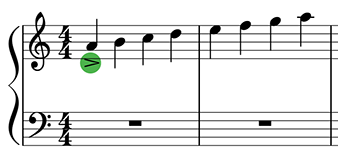
SFORZANDO
The SFORZANDO (translated as "suddenly with force") will have a heavy initial attack (like a bee sting) that eases off directly after.
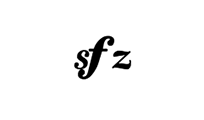
SLURS
The notes within the SLUR are supposed to be played without separation. So in the below example, all of the notes from A to A would be played within one breath or bow stroke.
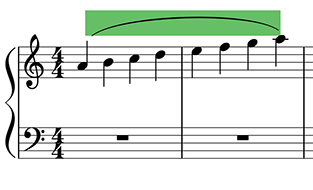
TIES
Similar in appearance to the SLUR, TIES are meant to connect two notes of the same pitch, often from one measure to the next.

PEDAL MARKINGS
The PEDAL marking typically addresses the SUSTAIN PEDAL on the piano. In the below example, the SUSTAIN PEDAL is held at the top of the 1st measure and held down throughout the 2nd measure and released at the end of the 2nd measure, where the horizontal line turns vertical.
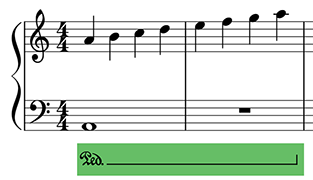
TEMPO MARKINGS
THERE ARE MANY DIFFERENT TERMS USED TO CONVEY TEMPOS. THE BELOW LIST WILL INCLUDE SOME OF THE MORE COMMON TERMS ALONG WITH THEIR SUGGESTED BPM's (BEATS PER MINUTE). YOU WILL NOTICE SOME OVERLAP.
LARGHISSIMO – Very, very slow (24 bpm or less)
GRAVE – Very slow (25–45 bpm)
LARGO – Broadly (40–60 bpm)
LENTO – Slowly (45–60 bpm)
LARGHETTO – Rather broadly (60–66 bpm)
ADAGIO – Slowly, "at ease" (66–76 bpm)
Adagietto – Slower than andante (72–76 bpm)
Andante – Walking pace (76–108 bpm)
Andantino – A little bit walking pace (80–108 bpm)
Marcia moderato – Moderate, marching (83–85 bpm)
Andante moderato – Between andante and moderato (92–112 bpm)
Moderato – Walking with purpose (108–120 bpm)
Allegretto – A little allegro (112–120 bpm)
Allegro – Jogging (120–168 bpm)
Vivacissimo – Running (172–176 bpm)
Allegro vivace – Running very fast (172–176 bpm)
Presto – Sprinting (168–200 bpm)
Prestissimo – Running for your life (200 bpm and over)
GRADUAL TEMPO CHANGES
ACCELERANDO
This occurs when a passage of music gradually increases in tempo. Below, we see that our tempo begins at 80bpm. The ACCELERANDO that occurs over the next four measures will land us at 100bpm by the time we arrive at measure 5.

RITARDANDO
This occurs when a passage of music gradually decreases in tempo. Below, we see that our tempo begins at 120bpm. The RITARDANDO that occurs over the next four measures will land us at 100bpm by the time we arrive at measure 5.

RUBATO
In the below version of this melody, we see the RUBATO. This tells the performer to keep the tempo fairly "loose" as if improvising, but still within the neighborhood of the given tempo.

-In music notation, there are a great number of symbols and markings that let the musician know just how to perform. This is one advantage notation has over tablature.
-There is a good deal of crossover between the Italian based tempo markings. For example, LARGO runs from 40-60 bpm. However, the slightly faster LENTO runs from 45-60bpm. So there's a bit of "looseness" implied by this overlap.
